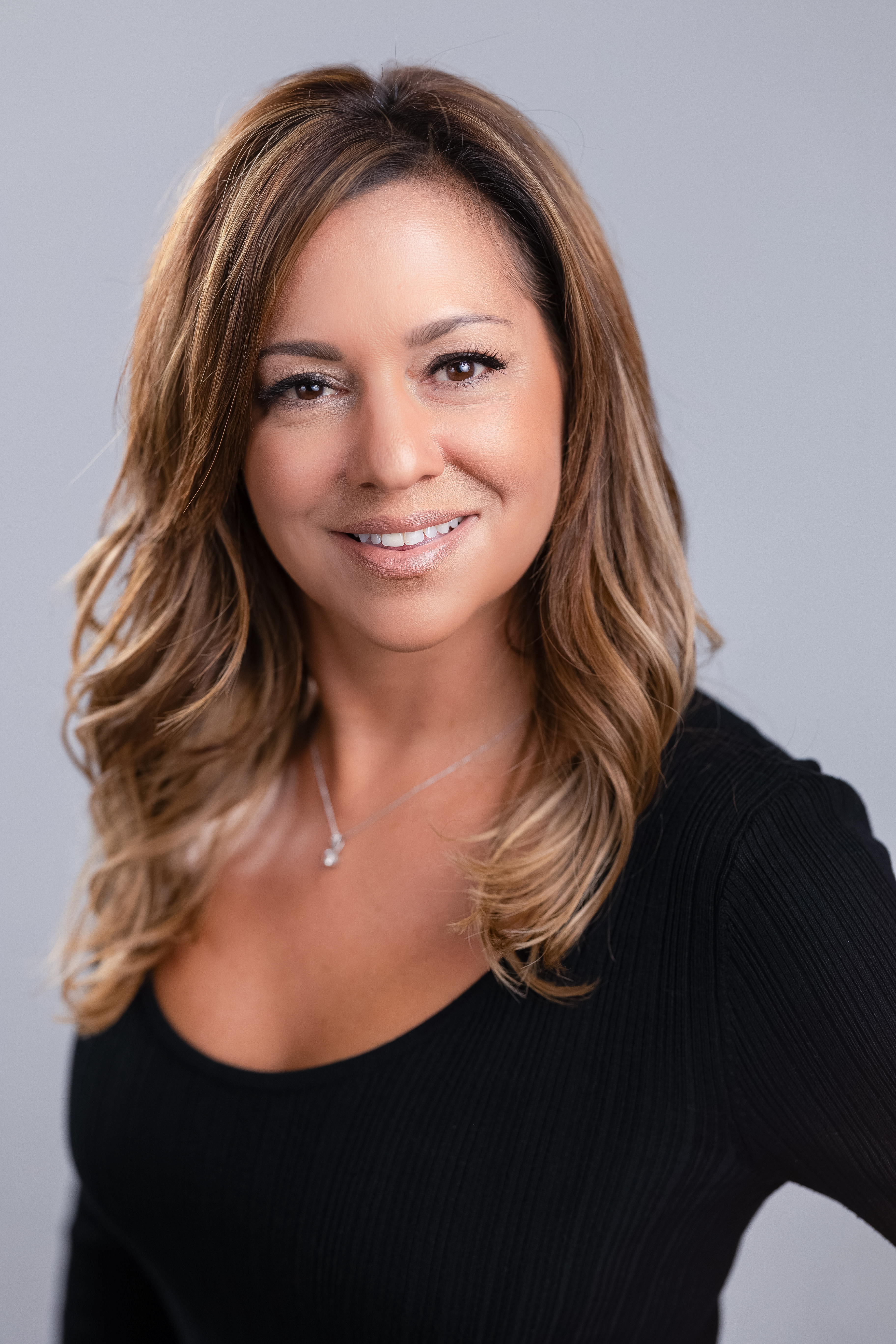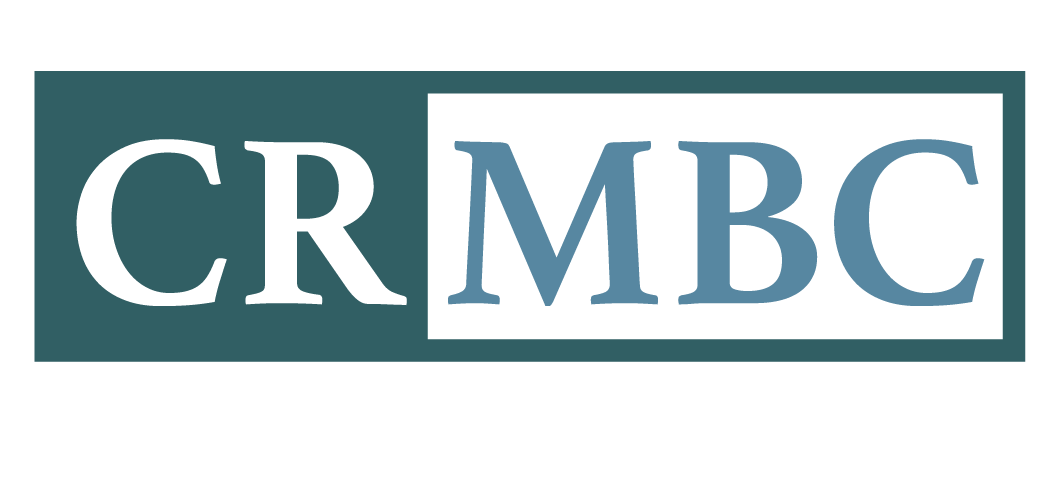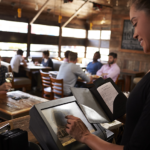Quick Take: Why Self-Insurance Is the Sure Bet in 2025
- California’s average workers’ comp rates will rise 8.7 % in 2025.
- For 2025, the state published updated assessment factors for insured employers; the self-insured assessment is 8.5% of indemnity paid (down from 11.1% in 2024).
- Most restaurant policies renew January 1; doing nothing can lock in higher insurer pricing for the year.
- Self-insurance groups offer stability, shared control over claims, and potential dividends.
- Join before January 1 to align budgets, avoid an automatic roll-over into higher pricing, and participate in the full-year dividend cycle.
Why 2025 renewals feel different
After several steady years, California restaurant operators are seeing clear upward pressure on workers’ comp costs. The state approved a new pure-premium rate change in September 2025, and 2025 assessment factors are now in effect. For policies that renew January 1, those changes can hit immediately, which impacts budgets and cash flow.
“In self-insured groups, the power is in your hands. You have a direct line to the board, the administrators, and the decision-making process.” – Kaya Stanley, CEO & Board Chair
What’s the real difference between traditional insurance and self-insurance?
| Factor | Traditional Policy | Self-Insured Group |
|---|---|---|
| Who controls costs | Insurer sets rates, terms, and process | Members pool risk and shape strategy |
| Claims process | Carrier-run; limited visibility | Employer participates in claims and safety governance |
| Financial return | None (premium is spent) | Surplus may be returned as dividends/credits |
| Focus | Multi-industry | Restaurant-specific benchmarks, resources, and peer learning |
| Regulatory | CDI-regulated policy | OSIP-regulated group; SISF backstop for benefits |
Traditional coverage buys convenience, but limits your influence. Group self-insurance, regulated by OSIP, lets restaurants share control over claims and safety — and capture upside if losses run low.
Why January 1 matters
- Avoid an automatic roll-over into higher pricing. Policies renewing after the Sept 2025 rate action reflect new insurer pricing; 2025 assessments also apply. Joining a group before January 1 aligns you with the new year rather than inheriting last year’s pricing structure.
- Clean transition. Switching at renewal avoids short-rate penalties and simplifies year-end audits.
- Full-year dividend eligibility. Most groups calculate dividends on the calendar year; joining now means you participate for all of 2025.
- Budget clarity. A January effective date locks your workers’ comp plan to your fiscal year.
Is self-insurance right for every restaurant?
It depends. Self-insurance fits operators with a steady safety record and clear documentation. You want visibility into claims and a real voice in how they’re resolved. If cash flow is tight or your losses are trending up, focus this renewal on tightening safety practices and records. Revisit self-insurance once your numbers and processes are in better shape next cycle.
How to evaluate your options in four steps
- Check readiness. Pull 3 years of loss runs and confirm your experience modification factor (X-Mod).
- Compare costs side-by-side. Get your insurer’s 2025 renewal quote and a group self-insurance estimate. Look at total cost (premium/contribution, assessments, admin fees, and potential dividends).
- Review governance and guardrails. Ask any group you consider for OSIP filings, audited statements, and TPA/claims protocols.
- Decide early. Approvals take time — start 60–90 days before renewal to be live on January 1.
Bottom line for January 1 decisions
For stable, safety-minded restaurants, a self-insured group is the smarter renewal this year. It gives you shared control of claims, clearer budgeting, and the chance to benefit from surplus returns. Joining on January 1 starts the year clean, avoids an automatic roll-over into higher insurer pricing, and puts you in the full-year dividend cycle.
If your cash flow is tight or losses are trending up, press pause. Use this renewal to tighten safety practices, close or mitigate open claims, and document procedures. Revisit self-insurance once your numbers and operations show steadier performance. Either way, make the decision on a 60–90 day clock so you are not forced into last-minute terms that limit your options.
Key Takeaways
- California’s 2025 cycle brings new pure-premium rates and updated assessments; the self-insured assessment is 8.5% of indemnity paid.
- Self-insurance offers stability, transparency, and potential dividends when losses are well-managed.
- The January 1 window is the best time to switch without mid-term penalties and to secure full-year participation.
- Evaluate readiness now — financials, safety record, claims history — and compare scenarios.
Want to Learn More?
Download our free white paper, The Case for Self-Insured Groups, and see why California restaurants are choosing self-insurance over traditional carriers.
Ready to take control before January 1?
Join CRMBC by December 15 to activate membership on January 1 and start the year with predictable workers’ comp costs and faster claims management. Contact us here to take the first step.

Kaya Stanley is an attorney, published author, business owner, and highly sought-after strategic turnaround expert. Ms. Stanley serves as CEO and Chairman of the Board for CRMBC, the largest restaurant workers’ compensation self-insured group in California, and she is the Licensee for TEDxReno, an independently organized TEDx Event.
Throughout her 22 years of practicing law, Ms. Stanley has served as outside counsel for Wal-Mart and Home Depot. She was voted one of the country’s “Top 25 OZ Attorneys” by Opportunity Zone Magazine and published a best-selling book called “The Employer’s Guide to Obamacare.” Before that, she earned her master’s degree in social work and public policy, after which she worked with at-risk girls in Detroit and lobbied for women and families.



